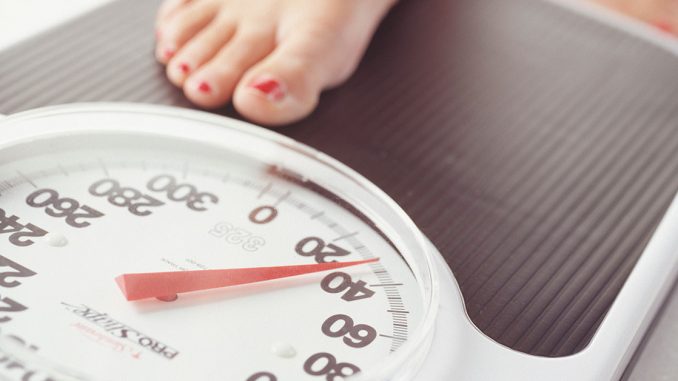
In News
The National Institute of Nutrition-ICMR has redefined the ideal weight of Indian adult men and women.
In-Detail
- The reference has been made concerning the age 19-39 years instead of 20-39 years.
- As per the revised standards, the body weight for the adult male has been put at 65kg and for females 55kg.
- Earlier, for males, it was 60kg and for females, it was 50kg.
- Along with this, the NIN has revised the reference height for the weight. While it was 5.6 feet (171cm) for a man and 5 feet (152cm) for a woman, it is now 5.8 feet (175cm) for a man and 5.3 feet (162cm) for a woman.
- The Body Mass Index (BMI) for an Indian man or woman will now be measured based on the revised standards.
- The ideal weight is based on the data sourced by the National Family Health Survey-4(NFHS-4,2015-16), Indian Academy of Pediatrics (IAP 2015), National Nutrition Monitoring Bureau (NNMB, 2015-16), the World Health Organisation (WHO, 2006-07).
- The NIN has prepared‘Recommended Dietary Allowances’ and ‘Nutrient Requirements’.
- The nodal agency also included Estimated Average Requirements (EARs) and Tolerable Upper Limits of nutrients for the first time.
Recommended Dietary Allowances (RDA)
- RDA is referred to as the daily dietary nutrient intake level.
- This would be sufficient to meet the nutrient requirements for all healthy individuals.
- EARs are the daily nutrient intake levels of the population.
- For a moderately active man, the cereal-legume-milk composition of the diet has improved to 3:1:2.5 compared to earlier 11:1:3.
- It is within the given low cost window to meet daily protein requirements.
- For an adult man, the visible fat intake for sedentary, moderate and heavy activity has been set at 25gm, 30gm and 40gm per day.
- Similarly, for adult women, the recommended visible fat is 20gm, 25gm and 30gm per day.
Intake of Fiber
- The NIN, for the first time, has recommended fiber based on energy.
- The level of about 40gm/2000 kcal has been considered asa safe intake for an individual.
- The EAR for carbohydrates has been set at 100gm/day for ages 1 and above with RDA of 130gm/day.
- Due to the emerging concerns of hypertension, a safe sodium intake of 2000mg/day is recommended.This amounts to5 gm/day of salt.
- Potassium intake of 3510 mg/day has been recommended.
- To obtain sufficient amounts of anti-oxidant nutrients such as beta-carotene, vitamin C and certain non nutrients like polyphenols and flavonoids a minimum of 400gm/ day of fruits and vegetables is recommended.
- The polyphenols and flavonoids protect against chronic diseases.
- To obtain Vitamin E, the intake of fruits and vegetables must be complemented with a sufficient amount of vegetable oil.
- For an adult man, the water required from beverages range from 32-58ml per kg body mass.
- For women, the water required from beverages ranges from 27-52ml per kg body mass.
- The water ranges recommend with the sedentary working group at the lower end and heavy working group at the higher end of the range.
- The water need for children is greater than 60ml per kg of body mass.
- For adolescent boys, the water requirement ranges from 47-60ml per kg body mass and for girls 39-49 ml per kg body mass.
- Based on working intensity, for pregnant women the water required from beverages ranges from 2.1 to 3.2 litres per day.
- Irrespective of gender for old age, the water requirement from beverages is 33ml per kg body mass for sedentary activity and moderate activity 38ml per kg body mass.
- The calcium intake for an adult man and woman has been revised to 1000mg/day. Earlier, it was 600mg/day. For a lactating woman, an additional 200mg/day has been recommended.
- For post-menopausal women, the recommended calcium intake now is 1200mg/day.
Conclusion
The National Institute of Nutrition (NIN) has delivered a comprehensive guide for bodily standards for the Indian population. The revised standards come at a time the standard of living of Indians are increasing and the nutrition intake is not limited to cereals alone.
For the exercise, for the first time, NIN took into account data from both rural and urban areas. This is against the earlier practice of collecting only urban data. The previous revision exercise was taken 10 years ago.

Leave a Reply
You must be logged in to post a comment.